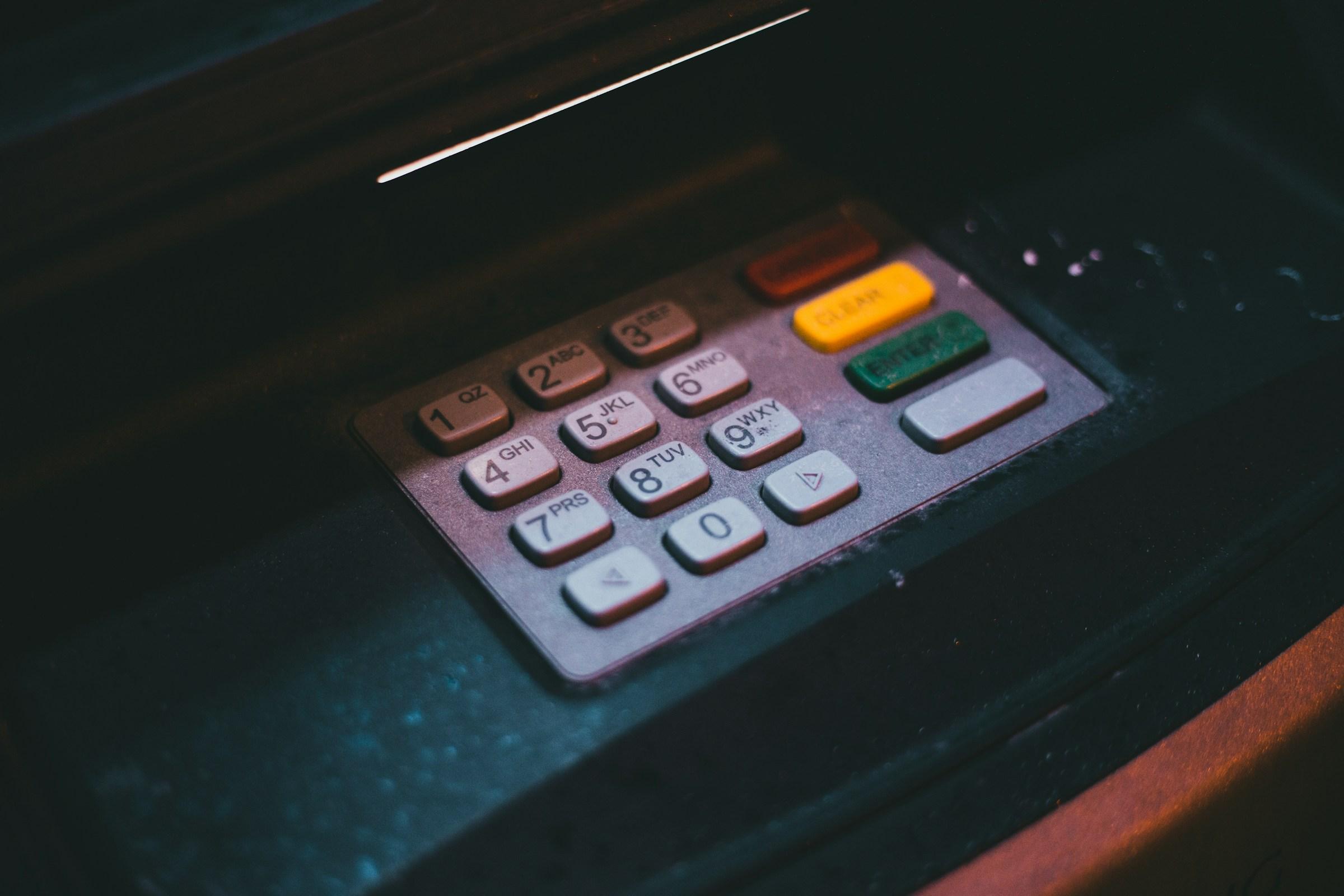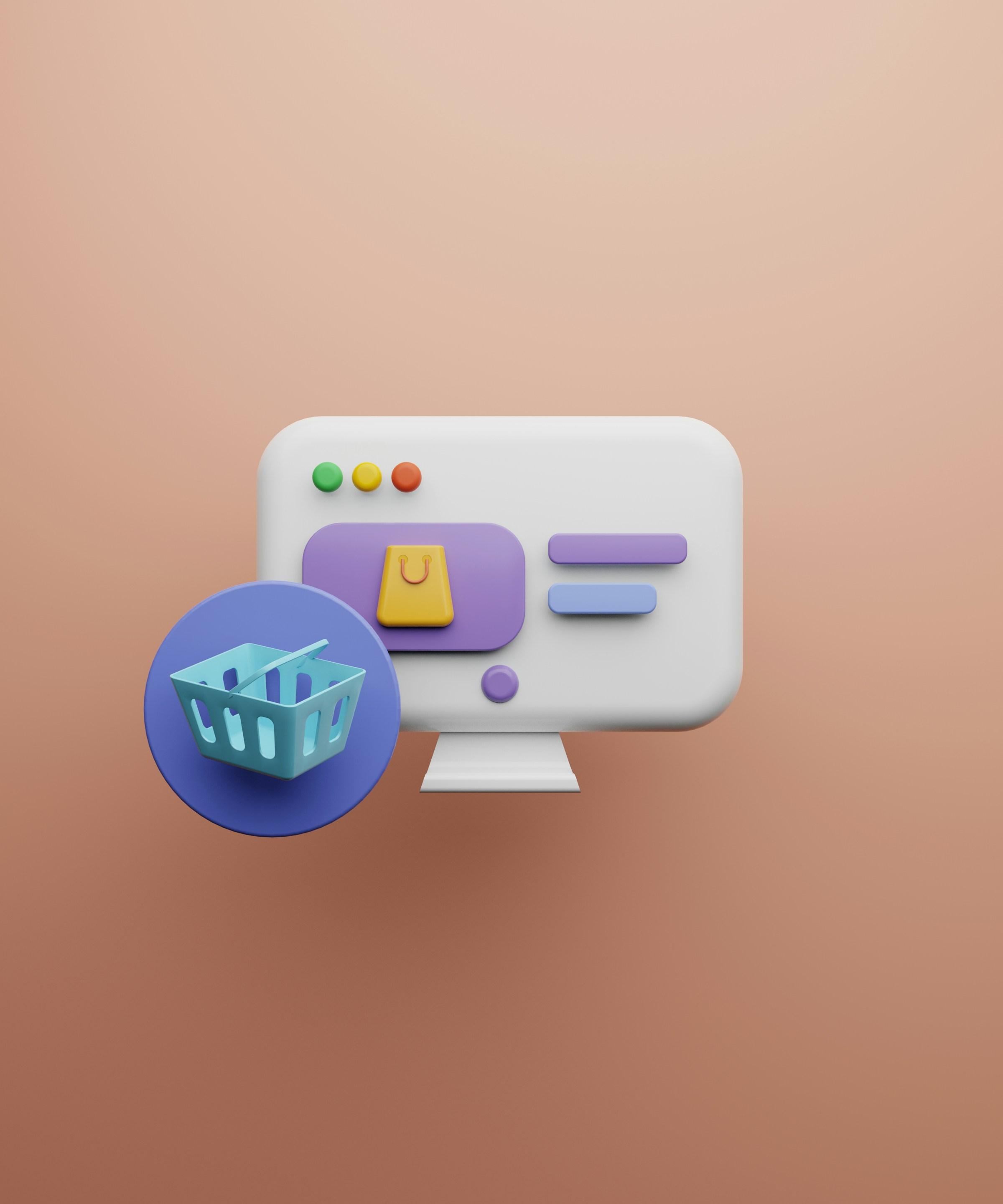Think of a personal loan as a tool that brings future money into the present in exchange for a fee. That fee is interest, and the way a lender calculates it shapes everything you feel about the loan, from the size of the monthly payment to the total cost over the full term. Many people see an attractive headline rate and assume the rest is simple. In reality, lenders use different calculation methods and fee structures that can make the same rate feel cheap in one offer and expensive in another. Once you understand what the rate applies to, how often the math is repeated, and which fees are included, the fog lifts and the numbers begin to make sense.
At the heart of the matter is the distinction between loans that charge interest on a reducing balance and loans that use a flat rate. A reducing balance personal loan calculates interest on what you still owe at each step. Every monthly payment contains two parts. One part covers interest for that month, the other part reduces your principal. Since the principal gets smaller after each payment, the interest portion naturally shrinks over time. Early payments feel interest heavy because the outstanding balance is at its largest. Later payments feel principal heavy because the balance has been trimmed down. The payment may stay the same, yet what it covers shifts as you progress through the schedule.
A flat rate loan looks tidy at first glance, but it treats the math very differently. The lender computes the total interest upfront as if your principal never fell at all. That total is then divided evenly across the number of months. The monthly bill appears smooth and predictable, yet the cost is usually higher than a reducing balance loan with the same headline rate. Imagine borrowing 10,000 at 12 percent for three years. With a reducing balance setup, interest is charged on the amount outstanding each month and the total interest through the term might land near the two thousand mark, depending on the exact schedule and day counting. With a flat rate setup at the same 12 percent, the lender multiplies 10,000 by 12 percent by three years, arriving at 3,600 of interest, then spreads that across thirty six months. The numbers tell a clear story. The label is the same, but the real cost is not.
Because lenders can quote rates in ways that do not fully reflect the total cost, consumers benefit from comparing by APR rather than by the plain rate alone. The annual percentage rate aims to condense the cost of credit into a single figure that includes interest and compulsory fees, such as processing or origination charges. If one offer advertises nine percent as the rate and discloses an APR above twelve percent, the difference is the friction you would have met later. APR is not a perfect tool, since it can still be influenced by assumptions about how long fees are kept outstanding, but it is much better than the headline rate when you need to rank dissimilar offers side by side.
Compounding frequency shapes the edges of cost. Most personal loans are set up with monthly compounding because you make monthly payments. Others compute interest daily. Daily computation is more precise and can nudge your outcome in either direction. Paying a few days early reduces the interest because the balance sits outstanding for fewer days, while paying late has the opposite effect. Two loans with the same APR can still produce slightly different totals for you if one uses daily interest and the other uses monthly, especially if your payment timing varies around paydays. If your income schedule lets you pay a bit early, a daily interest structure rewards that habit quietly over time.
The structure that dictates how each payment splits between principal and interest is called an amortization schedule. Early payments allocate more to interest because the principal is still large. Later payments lean harder into principal as the balance falls. This pattern frustrates borrowers who expect instant progress, yet it is not a trick, it is the natural result of charging a constant rate on a shrinking amount while keeping the installment constant. The schedule is also your best weapon. Extra payments in the opening months punch above their weight because every dollar removed from principal at the start prevents months of future interest from forming. An extra payment made at month three is more powerful than the same amount at month twenty because it shortens exposure to interest for a longer span of time.
Fees deserve careful attention because they alter the true price of the loan even when the rate seems attractive. Origination fees are the most common example. If you borrow 10,000 and the lender charges a four percent origination fee, you may only receive 9,600 in your account, but the interest is still calculated on the full 10,000. That mismatch increases the effective cost. Late fees and returned payment fees add pain without changing the stated rate, and optional add ons such as credit insurance are sometimes financed into the loan, which means you pay interest on the insurance premium too. A clean way to think about fees is to translate percentages into cash. Ask what you will actually receive on day one, what you will pay each month, and what the total will be by the last installment. If the fee raises the APR significantly or reduces the cash you receive without providing corresponding value, the offer may not be worth it.
Most personal loans use fixed rates, which keep payments steady and make budgeting easier. Variable rates do exist in some markets and can make sense for shorter terms when starting rates are low. The trade is clear. A variable rate can begin below a fixed option, but it can also rise with a benchmark, which sends both your monthly payment and your total cost higher. Since personal loans usually run for one to five years, many borrowers prefer the certainty of a fixed rate over the possibility of a moving target. If you pick a variable offer, you need a plan for what happens if the rate climbs and your payment strains the budget. Clarity about that scenario is part of responsible borrowing.
Prepayment rules sit in the background but can change your strategy completely. Some lenders allow extra payments whenever you like and charge no fee to settle early. Others limit partial prepayments to specific dates or charge a fee if you close the loan before the scheduled end. If you expect to pay ahead of schedule, select a lender that welcomes it. Even when a prepayment charge exists, it can still be worthwhile to close early if the fee is smaller than the interest you will avoid. The right way to decide is to request a payoff quote for a specific date. That quote should show principal outstanding, accrued interest to that date, and any fee. With those numbers in hand, you can compare the cost of continuing versus the cost of finishing.
For practical decision making, bring every comparison back to three questions. How much money will you receive on day one. How much will leave your account each month. How much will you pay in total. The interest method, the compounding frequency, the fees, and the prepayment rules all funnel into those three outcomes. If one lender gives you a little more cash at the start but costs hundreds more over the term, you can weigh that difference against your priorities. If another lender quotes a lower nominal rate but layers on a sizable fee that pushes the APR much higher, the apparent bargain can evaporate once the math is done. The best loan is the one that moves you from need to paid off with the least friction for your circumstances, not necessarily the one with the flashiest app or the smallest number on the ad.
Borrowers often compare personal loans with revolving credit, especially credit cards, and the contrast clarifies the value of an installment structure. A card balance has no built in finish line and the monthly minimum can stretch the payoff into years. A personal loan, by design, ends. The schedule forces principal down and the term creates a natural endpoint. If you carry a card balance at a high rate and can qualify for a personal loan with a lower APR and modest fees, consolidating can be a smart move as long as you commit to closing the card balance and not running it back up. The personal loan becomes a staircase with steps that lead to zero, while the card can feel like a treadmill that keeps moving under you.
A clear example ties these ideas together. Suppose you borrow 20,000 at a true 10 percent APR for thirty six months. Your payment will be constant, the early months will carry more interest, and the later months will chew through principal. If you add fifty dollars every month from the start, you shorten the term and reduce the total interest paid, because each extra dollar prevents future interest from forming. If you miss a payment or pay late, you will pay more interest and possibly a fee. If halfway through the term you can refinance the remaining balance into a lower APR with minimal fees, you can cut the remaining interest further. The math is consistent across all these moves. Reduce principal faster, and interest falls into line. Stretch principal longer, and interest has more time to build.
The same consistency explains why people get discouraged when they inspect the first few statements and see how much of each payment goes to interest. It feels like slow progress, but it is simply the mechanics of a constant payment applied to a large opening balance. You are not being cheated. You are watching the machine work. If it bothers you, use that feeling to channel extra cash toward principal early, even in small amounts. You will see the interest portion drop faster in the following months, and the psychological boost can help you stay on track.
It is also worth noting that some ads still spotlight flat rate personal loans because the presentation looks friendly. The number is small, the payment is smooth, and the copy is simple. If you see a flat rate in the headline, assume the real cost is higher than a reducing balance loan with the same number. That does not mean you must reject it automatically. If the total cost still suits your plan and the monthly payment fits your budget, you can proceed with open eyes. Just avoid comparing a flat six percent to a reducing six percent as if they were the same thing. They are not, and the difference matters to your wallet.
All of these ideas lead to a simple approach. First, if you can meet your need by waiting a short time or by using a cheaper alternative, that path usually wins. If borrowing is the right choice, collect at least two or three offers. Compare them with APR, with total paid over the term, and with prepayment rules placed on the table. Match the term to your real cash flow so that you can keep payments steady without stress. Then set one personal rule that turns the structure to your advantage. In the first few months, send any extra cash to principal. That habit turns the amortization schedule from a slow grind into an accelerating march toward zero.
When you look past the marketing and focus on the mechanics, a personal loan becomes a predictable system. The interest is the price of time. The method tells you how that price is applied. The fees and rules tell you where friction hides. Learn to read those parts, and you will select loans that serve your goals, you will exit them earlier than planned, and you will pay less for the privilege of using tomorrow’s money today.



.jpg)

.jpg&w=3840&q=75)

.jpg&w=3840&q=75)
.jpg&w=3840&q=75)
.jpg&w=3840&q=75)

.jpg&w=3840&q=75)


.jpg&w=3840&q=75)